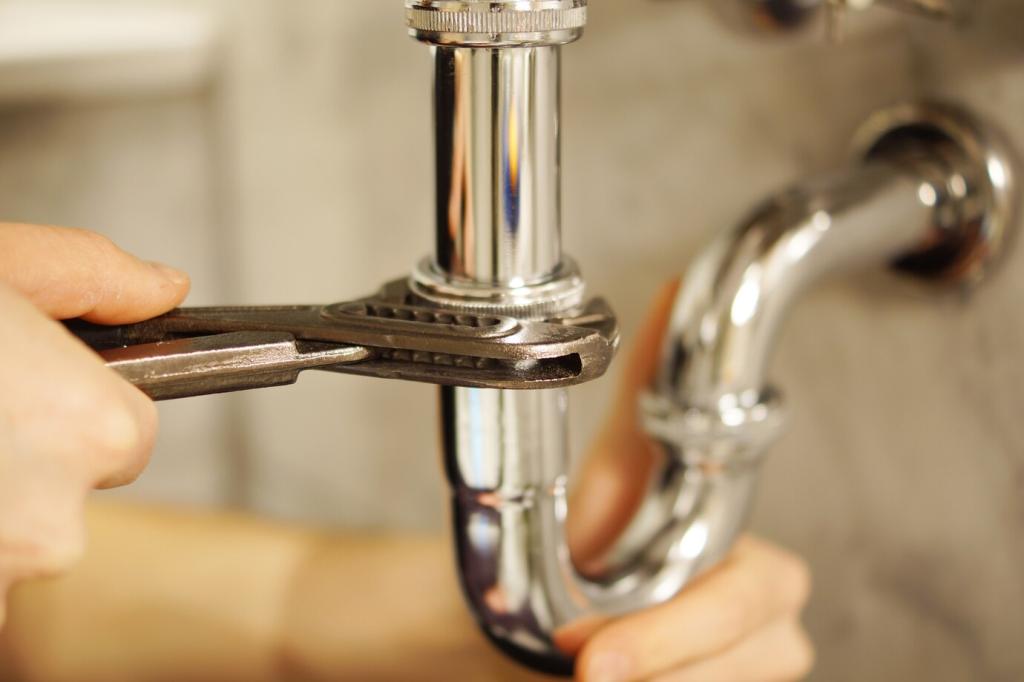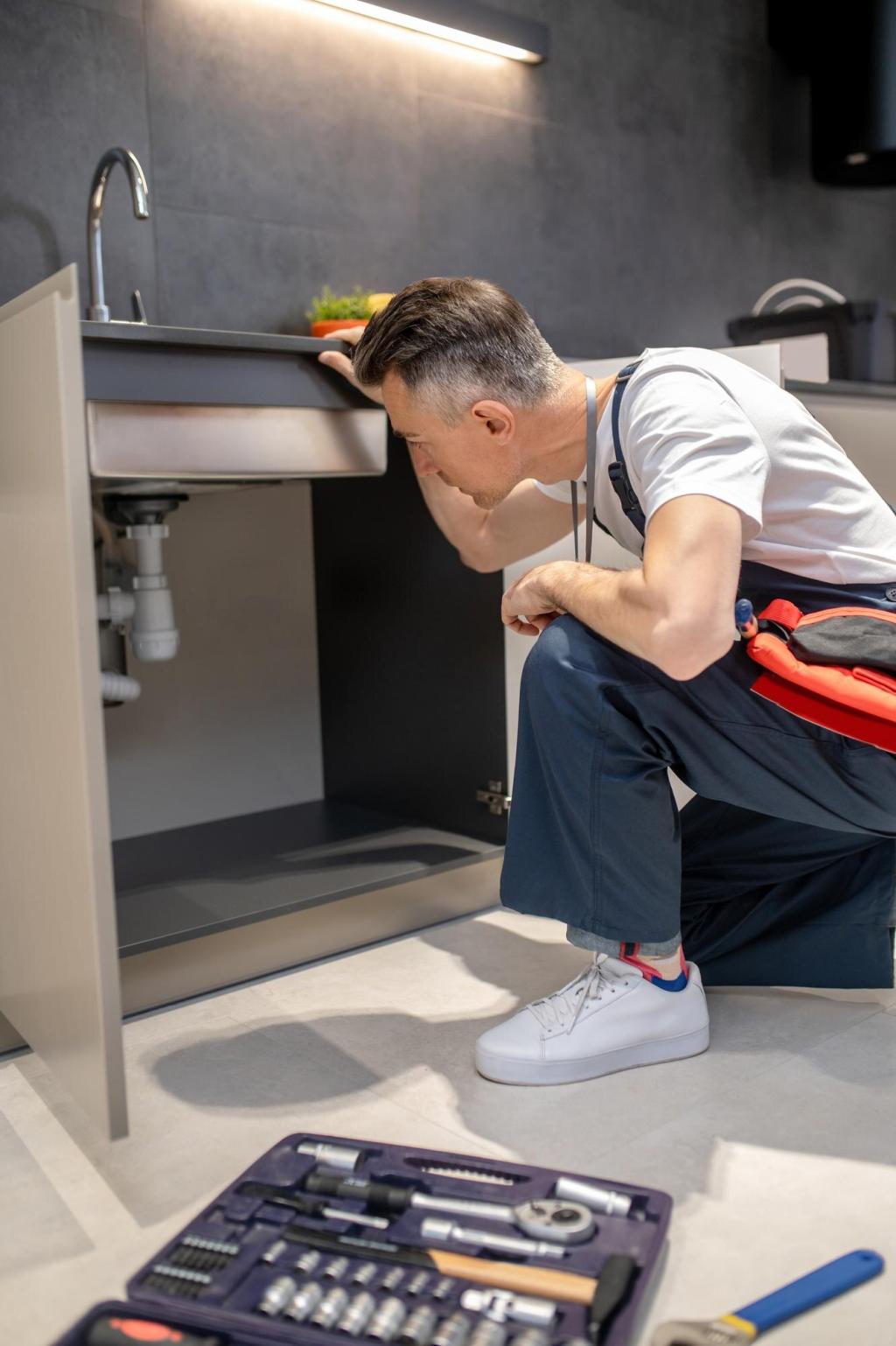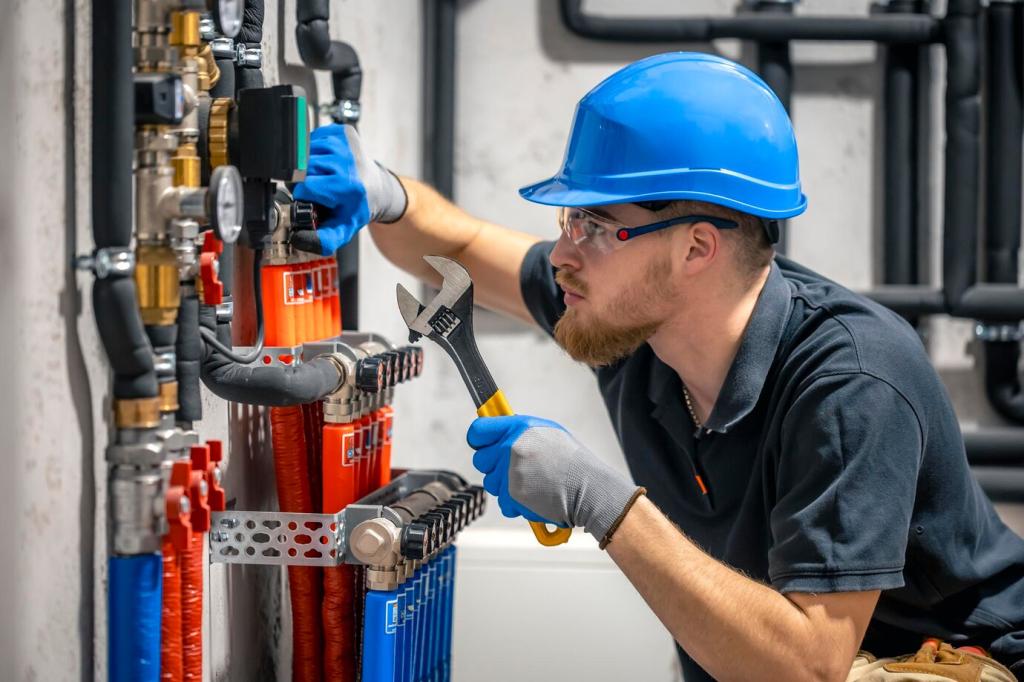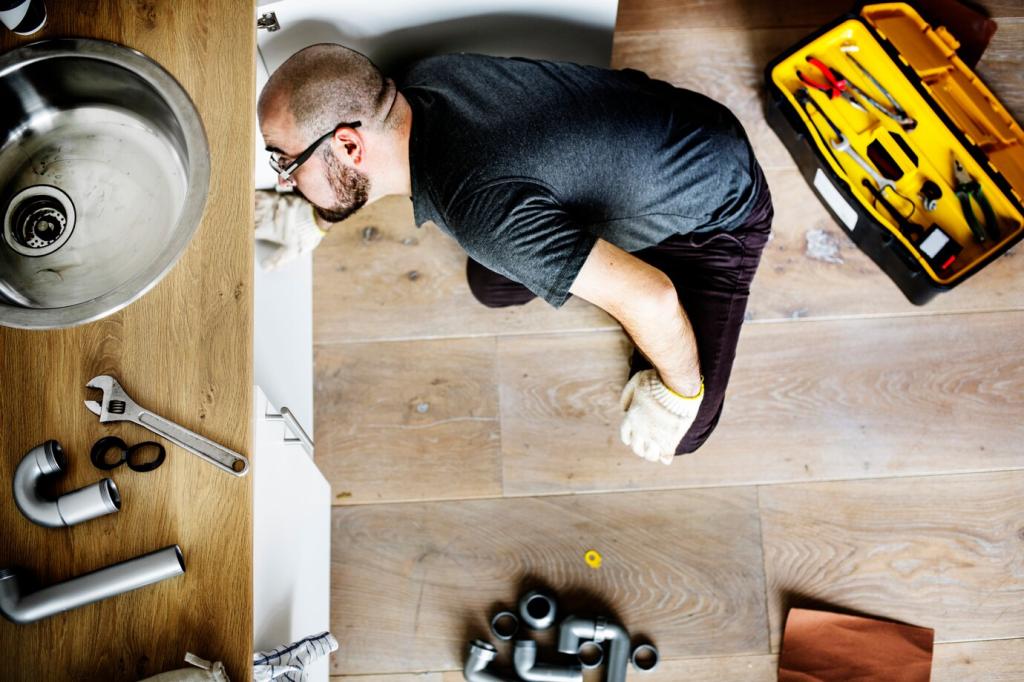DIY Plumbing Basics: A Step-by-Step Guide

Types of Basic Home Plumbing Systems
Most residential plumbing systems can be categorized into two core components: the water supply system and the drainage system. The supply system brings fresh water into your home, typically under pressure, so that it can flow to sinks, showers, toilets, and appliances. In contrast, the drainage system carries wastewater away using gravity through pipes, vents, and traps. Understanding these two parts, as well as how they intersect, provides a solid starting point for tackling any plumbing work. Properly identifying which system your problem relates to is the first step in effective home repair.
Common Materials Used in Plumbing
Modern plumbing systems utilize a mix of materials, each chosen for its specific properties and suitability for use in different parts of the system. The most commonly used pipe materials include copper, PVC (polyvinyl chloride), PEX (cross-linked polyethylene), and sometimes galvanized steel, especially in older homes. Each material requires different connectors and techniques for joining, as well as their own tools for cutting or fitting. Understanding which materials are present in your home, and their individual pros and cons, will help you select compatible parts and use the appropriate methods for all repairs and installations you undertake.
Identifying Key Shutoff Points
Every home features crucial shutoff points that are vital in an emergency or when you need to perform a repair. These include the main water shutoff valve, which controls the entire water supply to your residence, as well as localized shutoffs beneath sinks, behind toilets, and near appliances. Familiarizing yourself with their locations ensures a quick response to a leak, burst, or any other urgent situation. Shutoff valves might also differ in design and operation, so knowing how to operate each one—whether it’s a lever, gate, or quarter-turn ball valve—can make the difference between a minor inconvenience and a major disaster.

Recognizing Signs of Leaks and Water Damage
Leak detection typically starts with obvious signs such as dripping faucets or visible water pooling. However, more subtle clues—like a spike in your water bill, damp or discolored walls, fizzing noises in pipes, or musty odors—can reveal hidden water damage behind the scenes. Catching these signs early prevents small leaks from developing into major problems, like mold growth or structural damage. Using a flashlight and checking beneath sinks, around toilet bases, and in the basement or crawl spaces will help you conduct regular inspections and catch leaks before they escalate.
Understanding Low Water Pressure Troubles
Sudden drops in water pressure can stem from a wide array of issues, ranging from partially closed valves to sediment buildup or aging, corroded pipes. Distinguishing between problems affecting only one fixture and those impacting your entire home narrows down potential causes. For example, if only your shower has poor pressure, the issue may be confined to a clogged showerhead or valve. However, if your whole system suffers, there could be a mainline problem or an issue with your pressure reducer. Systematically checking each component and connection will help you identify and tackle low pressure efficiently.
Clearing and Preventing Clogs
When faced with a clogged sink or bathtub, simple approaches can often resolve the problem without chemicals or special equipment. Start by trying a plunger to create suction and dislodge minor blockages. If that doesn’t work, removing and cleaning the sink trap—the U-shaped pipe beneath the basin—can remove accumulated debris. For persistent clogs, a hand-crank drain snake or auger can reach deeper into pipes to dislodge hair, grease, or other stubborn buildup. Always remember to have a bucket handy to catch water and debris during these operations, and rinse the pipes thoroughly after clearing the blockage.
Fixing Leaky Faucets and Fixtures

The most common cause of a dripping faucet is a worn-out washer, O-ring, or cartridge inside the faucet assembly. To fix it, shut off the water supply, carefully disassemble the faucet, and inspect each component for wear or cracks. Replacing the faulty part and reassembling the fixture usually stops the leak. It’s a straightforward task with the correct tools such as a wrench and screwdriver. Always note the make and model of your faucet before shopping for replacement parts to ensure compatibility. A properly repaired faucet will pay off many times over through reduced water waste and a quieter home.
Installing or Replacing Fixtures
Replacing a Kitchen or Bathroom Faucet
Replacing a faucet starts with shutting off the water supply and disconnecting the old unit. After removing mounting nuts and supply lines, you can lift out the old faucet and clean the sink surface. When installing the new faucet, follow the manufacturer’s instructions, ensuring that rubber gaskets or plumber’s putty form a watertight seal between the fixture and the sink. Secure the new faucet with mounting nuts, reconnect the supply lines, and carefully turn the water back on to check for leaks. This upgrade not only improves the fixture’s function but can also enhance the look and value of your room.
Installing a New Sink or Basin
Replacing a sink requires careful planning and precise work but can be accomplished with patience. Begin by measuring your existing sink and purchasing a new one of compatible size and mounting type. Shut off the water supply and disconnect all plumbing connections, including the faucet, drain pipes, and supply lines. Remove the old sink and prepare the countertop or mounting surface, checking for level and fit. Place the new sink, secure it with clamps or adhesive, and reconnect your plumbing. Turn the water supply back on and test for leaks. This project brings substantial satisfaction and can dramatically update your space.
Setting a New Toilet in Place
Toilet replacement is a manageable job that involves shutting off the water, emptying the tank and bowl, disconnecting the water line, and lifting away the old unit. Scrape away the old wax seal from the floor flange and install a fresh wax ring before lowering the new toilet bowl into place. Secure it with bolts, attach the tank (if separate), and reconnect the water supply. Once the toilet is anchored and level, open the valve and test for leaks around the base and connections. With care and attention to detail, a new toilet can be installed in a couple of hours, revitalizing your bathroom and improving water efficiency.
Winterizing and Protecting Your Pipes
Pipes running through unheated spaces—such as basements, crawl spaces, attics, or exterior walls—are vulnerable to freezing during winter. Wrapping these pipes with foam insulation sleeves, fiberglass wraps, or heating cables can maintain temperatures above the freezing point, preventing bursts. Ensure all joints and bends are fully covered, and inspect insulation each autumn for signs of wear or gaps. Even simple measures like leaving interior doors open for better airflow or allowing faucets to drip during cold spells can further reduce freeze risk. Regular insulation maintenance is a small effort with a huge potential payoff.

Recognizing Plumbing Problems Beyond DIY Scope
Some signs indicate deeper, more complex issues not easily addressed by DIY efforts. Persistent clogs in multiple fixtures, water backing up from drains, unexplained drops in water pressure, or visible signs of water damage often suggest blockages or faults within your home’s main supply or waste lines. Gas line repairs or issues involving sewer lines, backflow prevention devices, or major leaks require industry knowledge and specialized tools to address safely. Attempting these repairs without proper training can increase risks to your property and personal safety.
Evaluating the Risks of Delaying Repairs
Ignoring or postponing plumbing repairs, either out of uncertainty or a desire to avoid service costs, can cause far more damage in the long run. Water leaks lead to rot, mold, and structural issues that can compromise your home’s integrity—and often, insurance won’t cover neglect-related losses. Recognizing the urgency of certain situations, such as a burst pipe or sewage backup, is critical for minimizing financial and health impacts. Weigh the potential costs of ignoring problems against prompt professional intervention to make the best decision for your household.
Choosing the Right Plumber for the Job
Not all plumbers are created equal, and finding a trustworthy, experienced professional is crucial for peace of mind and quality results. Seek out local plumbers who are licensed, insured, and come with strong recommendations from friends or online reviews. Request detailed estimates, inquire about guarantees on workmanship, and make sure you feel comfortable with their communication and approach. Building a relationship with a reliable plumber ensures you have expert help on hand for the projects or emergencies that exceed your DIY skills.
Join our mailing list
